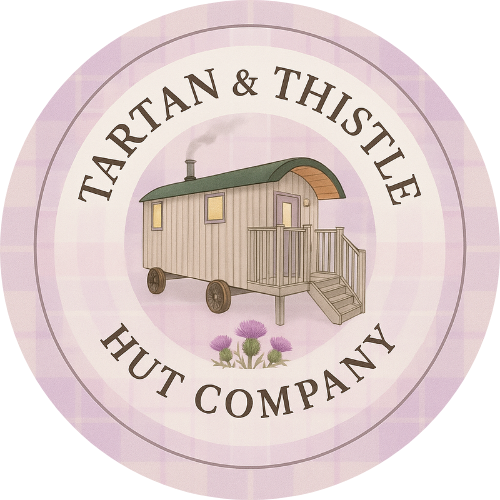Licensing Your Holiday Hut: Simple Steps for Scots Hosts
Demystifying the Holiday Let Licence in Scotland: What Hut Owners Need to Know
Thinking of turning your beautiful shepherd’s hut or cabin into a holiday let? Whether it’s a weekend escape nestled in the Highlands or a glamping retreat by the coast, there’s one important step you can’t skip: getting a short-term let licence.
Since October 2022, the Scottish Government has introduced new rules requiring most short-term lets to be licensed. If you’re feeling overwhelmed by red tape, don’t worry — we’re here to break it down clearly and simply.
What Is the Holiday Let Licence?
The Short-Term Let Licence is a legal requirement for anyone in Scotland offering accommodation for short stays (typically under 28 days) to guests. It's designed to improve safety, protect communities, and ensure all short-term rental properties meet proper standards.
This applies whether you're letting a shepherd’s hut, cabin, cottage, or even a room in your home — especially if you're advertising on platforms like Airbnb or Booking.com.
Do I Need a Licence for My Hut or Cabin?
In most cases, yes. If you’re renting out your hut or cabin to people who aren’t family or close friends — and it’s for a short stay — you’ll need a licence.
There are three types of short-term let licences:
Home Sharing – you live in the property and rent out part of it
Home Letting – you rent your whole home when you’re away
Secondary Letting – you let a property you don’t live in (this is most common for shepherd’s huts and holiday cabins)
What You’ll Need to Apply
Each local council handles the licensing process slightly differently, but in general, you’ll be asked to provide:
Proof of safety compliance – including up-to-date electrical testing, smoke and heat alarms, fire safety measures, and gas certificates if applicable
Building and planning permissions – especially if your hut is in a sensitive area or wasn’t previously a residence
Proof of insurance – suitable for holiday letting
A site plan and layout
Disclosure Scotland criminal record check
Application fee – varies depending on your local authority and property type
Example: Licence Costs in the Highland Council Area
If your hut is located in the Highlands, here’s a rough guide to what you might pay:
Secondary Let for 1 bedroom or unit: £318
Secondary Let for 2–3 bedrooms or units: £436
Larger properties (4+ bedrooms/units): from £654 upwards
(Fees accurate as of 2025 – check Highland Council’s website for the latest.)
Keep in mind that these are application fees only — additional costs may arise from required safety upgrades, professional inspections, or planning permissions.
When Should You Apply?
If you started letting before 1 October 2022, you should already have applied by 1 October 2023 to continue operating legally.
If you're new to letting, you must apply before taking any bookings or accepting guests.
How Long Is It Valid?
Most licences are issued for three years, after which they need to be renewed.
What If You Don’t Comply?
Operating without a licence is illegal. If you’re caught:
You may be fined up to £2,500
Your council can order you to stop trading immediately
It could affect your business insurance and reputation
Planning to Let a Tartan & Thistle Hut?
Many of our customers build with holiday letting in mind, and we’re here to help make that process easier. Our bespoke huts and cabins can be designed to meet short-term let requirements, with safety and layout considerations built in.
Top tip: Before applying for your licence, speak with your local planning department — especially if your hut is in a rural, crofting, or conservation area.
Let’s Build Your Holiday Let Dream
We believe your hut should be more than a structure — it’s a story, a retreat, and a potential income stream. If you're dreaming of launching a holiday let in the Scottish Highlands (or beyond), get in touch. We can guide you through the build — and help you understand the regulations that come with it.


